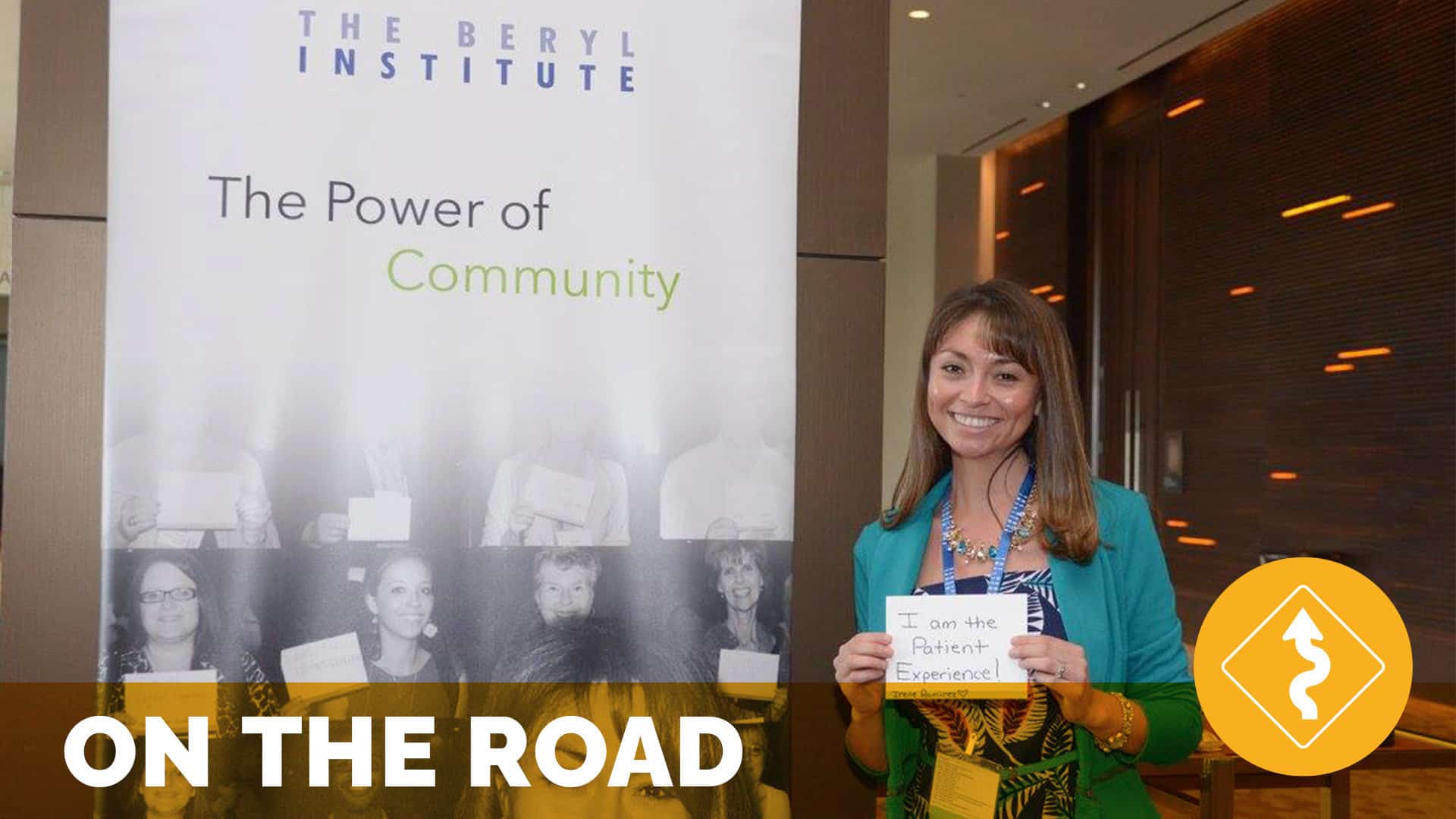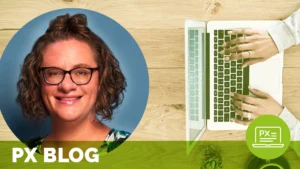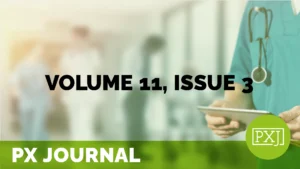Reflections on Patient Experience Conference 2015

On the Road – Patient Experience Conference 2015 – April 2015
by The Beryl Institute Team
Patient Experience Conference 2015 officially opened with the voices, faces and stories of patients and families. From practice settings to long-term care residents, from adult care to pediatrics, these families and individuals helped answer a critical question – what matters in patient experience – and reinforces an important point – that patient experience matters. Those individuals launched a three-day experience in itself of learning, connection and growth.
April’s Patient Experience blog from The Beryl Institute offered an interesting reflection on what Patient Experience Conference has become. Our gathering again in 2015, reinforced this very point. Some call the event a family reunion, and others call it the recharge they need from a year of draining work. In all descriptions, Patient Experience Conference, while a “conference” in title, is nothing like any other healthcare conference experience you can or will have. Others may have summits, conferences or symposiums with the requisite healthcare structures, protocols and learning. From that it does not differ, but what you do find are the people and the connections that last well beyond just three days a year. What people did find this year was a passionate, thoughtful and grounded conversation on the very importance of patient experience and how we positively impact and improve on it each and every day.
From the guiding question of what matters in patient experience, three fundamental themes were revealed. The first theme, every voice matters, highlights the important fact that it takes many voices, many perspectives and the willingness to ask, listen and act to drive successful efforts in addressing patient experience. Allison Massari, our opening keynote reminded us from the patient perspective that compassion heals where medicine cannot touch. She reinforced the power that a caring and compassionate encounter can have for someone in a time of need. Leslee Thompson, President and CEO at Kingston General Hospital made this point from the leadership perspective, reinforcing the importance of having all voices at the table in the healthcare process and honoring not only those who we care for but those who provide and support the provision of care as well.
Leslee’s points reinforced the second theme as well, that every interaction matters. In creating the right framework in which interactions can take place, you set yourself up for success. Much of this is grounded in the very culture of an organization itself. Simon Bailey, our third keynote, drove this point home by suggesting there was incredible power to be found in one individual moment, at the very point of encounter or interaction between one individual and another. He offered that these moments, when rolled up, create momentum, and it is momentum that creates movements. This may be the most concise framing of how the patient experience movement itself continues to spark flames and grow.
Simon’s words also set the stage for the third theme, one emotionally brought to crescendo by our closing speaker, Regina Holliday, sharing her family tragedy and the resulting awareness and action this inspired. The theme, you matter, is purposefully broad and all encompassing. You see, if we believe every voice and every interaction matters, than it is all individuals, the collection of “yous” that truly make all the difference. In honoring all that matters in patient experience, we ensured the event itself was not just about the content but about the collection of individuals that came together to learn, share and expand the patient experience movement. If the intention of patient experience conference was simply to inspire the ability AND belief that one individual can go back to their organization the next day and make the change or lead the charge necessary to improve the patient experience this would be time well spent. But as you will see, it was truly about that and so much more.
The Institute’s newest team member, Christina Sales, Administrative Experience Coordinator, did a great job articulating the power of the event:
The passion and commitment that our community has for the patient experience is truly rewarding. As a first time attendee at the PX 2015 Conference, the smiles and stories I heard will forever touch my heart. The excitement I saw from our community at the registration desk was truly defining of why we do what we do. To know that I am a part of a small team that can pull together a community with 800+ attendees is not only amazing but also made me realize the importance of patient experience in so many ways. I am beyond honored and excited I have the chance to help improve the patient experience.
A Customized Experience
Conference participants have come to look forward to the optional pre-conference workshops – a time to roll up your sleeves and go to work developing individual plans and ideas to enhance the patient experience. This year’s program included a range of topics offering an introduction on how to use Experience-based design led by Virginia Mason Medical Center, a practical guide to instilling empathy in the patient experience led by Sweeney Healthcare Enterprises and an instructional review on strategy mapping and building a roadmap to fit specific strategic needs led by Language of Caring.
In addition, participants chose from over 50 breakout sessions including a new track focused on Long-term Care. With a record number of over 160 submissions received for this year’s sessions, the volunteer selection committee had a difficult task selecting the final sessions, but their efforts resulted in a powerful and engaging program for conference participants. These sessions shared perspectives, strategies, tools and tips to advance improvements in the patient experience across the continuum of care. In addition to patient experience professionals, practitioners and resource providers, sessions included contributions from 12 patients and family members sharing their personal reflections on patient experience along with the perspectives of 11 physicians.
Making Connections
One of the greatest benefits of Patient Experience Conference is the opportunity for fellow attendees to get together and network and engage with each other. They share stories, challenges and success with one another, and it serves as another chance for them to get reenergized as they connect with old friends and make new ones. We saw this taking place during the three pre-conference community gatherings. New this year, the gatherings connected several of the Institute’s sub-communities including the Patient Advocacy Community, Pediatric Patient and Family Experience Community and Physician Community. During these sessions, over 100 attendees came together for education and chance to meet their peers. Kath Evans, Head of Patient Experience, NHS England, said that the Pediatric Community Gathering made her feel like she was able to go on a virtual tour of Pediatric hospitals from around the globe.
The exhibitor reception also provided great networking opportunities for participants as they convened in the conference foyers to connect with other participants and learn more about the 48 resource providers who helped support this year’s event.
These connections continued throughout the conference, and we saw many new friendships being forged. Of course, what better way to make new friends than a chance to hang out with one another and have a little fun? Don’t let it be said the patient experience community doesn’t know how to let their hair down. Day two of the conference ended with an evening of fun, music and even some dancing at the House of Blues. There was even a photo booth where people could show off their wacky and crazy sides by dressing up and hamming it up for the camera.
Twitter Buzz
Social media gave the Institute and PX2015 participants a platform to share ideas, experiences and strategies learned, expanding the experience dialogue and engaging with people from all over the world. On Tuesday evening, Healthcare Leadership hosted its first onsite #hcldr tweetchat to kick off the social media engagement. Holding weekly tweetchats with various healthcare topics, #hcldr is a strong and vibrant online community of people who all share a passion for improving healthcare. Our very own Jason Wolf was the featured guest on the discussion of patient experience and patient engagement. You can view a summary of the tweetchat here.
We encouraged conference participants to share their experiences with others via social media by tagging photos, tweets and posts with #PX2015. All tweets tagged with #PX2015 were streaming on TVs throughout the ballroom foyers, which was an interactive way for people to see their tweets and invited others to join. #PX2015 Tweetup was also another opportunity to meet with other Twitter users in person. Held during Wednesday evening’s Exhibitor Reception, conference participants gathered to network and engage in more patient experience dialogue with other healthcare professionals. In addition, Social Media was a table topic during Thursday and Friday morning breakfast times for people to discuss the importance of social media in healthcare. By the numbers during conference week, the #PX2015 hashtag had 11,516,909 impressions, 4,989 tweets and an average of 42 tweets per hour.
Improving the patient experience moves beyond the four walls of hospital and clinical encounters, encouraging conversation, interactions and action before even entering the front doors. Patient experience is truly a global movement and not confined within a specific space, which was evident throughout PX2015. From over 800 conference participants onsite in addition to the hundreds who joined us virtually through social media, PX2015 increased patient experience dialogue beyond its conference floors, inspired organizations to partner with patients, residents and family members as part of experience efforts and renewed healthcare professionals passion about the impact they have on patient experience every day.
Related content
-
 Patient Family & Community Engagement
Patient Family & Community EngagementTailoring Communication for Families: Enhancing Understanding and Reducing Stress in Pediatric Care
By Emily Revelle Communication is the basis of all things we do in healthcare. When done well, it allows us to present vital information to the family, work well together as a medical team, and establish psychological safety. When done poorly, it will do the opposite and can increase mistrust of the medical system. What
Learn more -
 Patient Family & Community Engagement
Patient Family & Community EngagementPost-Pandemic Needs of Unpaid Family and Friend Caregivers to Effectively Continue Caregiving Duties in one Northern Ontario Health Authority
The Covid-19 pandemic had a significant impact on the support networks for older adults and caregivers as health and social care systems were forced to dramatically change the ways patients and clients interacted with providers, services, and programs. In Northern Ontario, caregivers are older, caring in more intense situations, more likely to be caring for
Learn more -
 Patient Family & Community Engagement
Patient Family & Community EngagementDriving Healthy Behaviors through Social Support: The Role of Co-Responsibility in Weight Loss and Maintenance
The effectiveness of out of hospital lifestyle interventions in healthcare is likely co-dependent on social support from involved one’s. We sought to investigate the interrelationships between patient-partner Co-responsibility, Spousal Support, and Self-efficacy and the mechanisms through which they contribute to health behaviors and outcomes relevant to weight loss and maintenance.
Learn more
